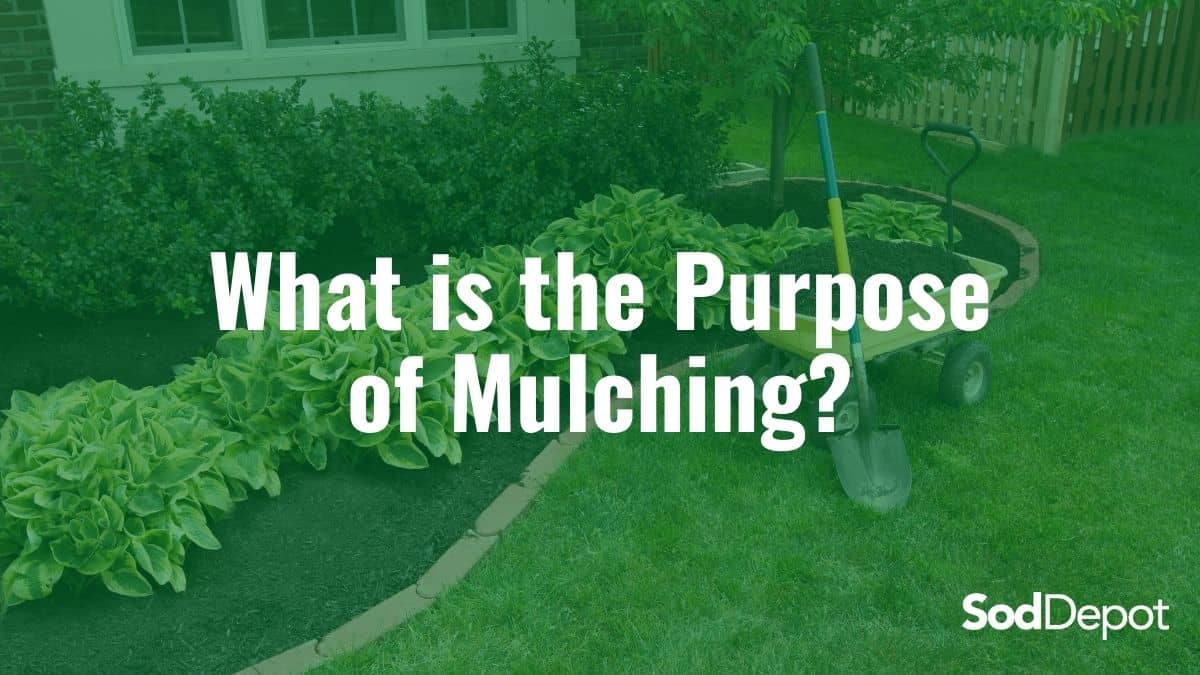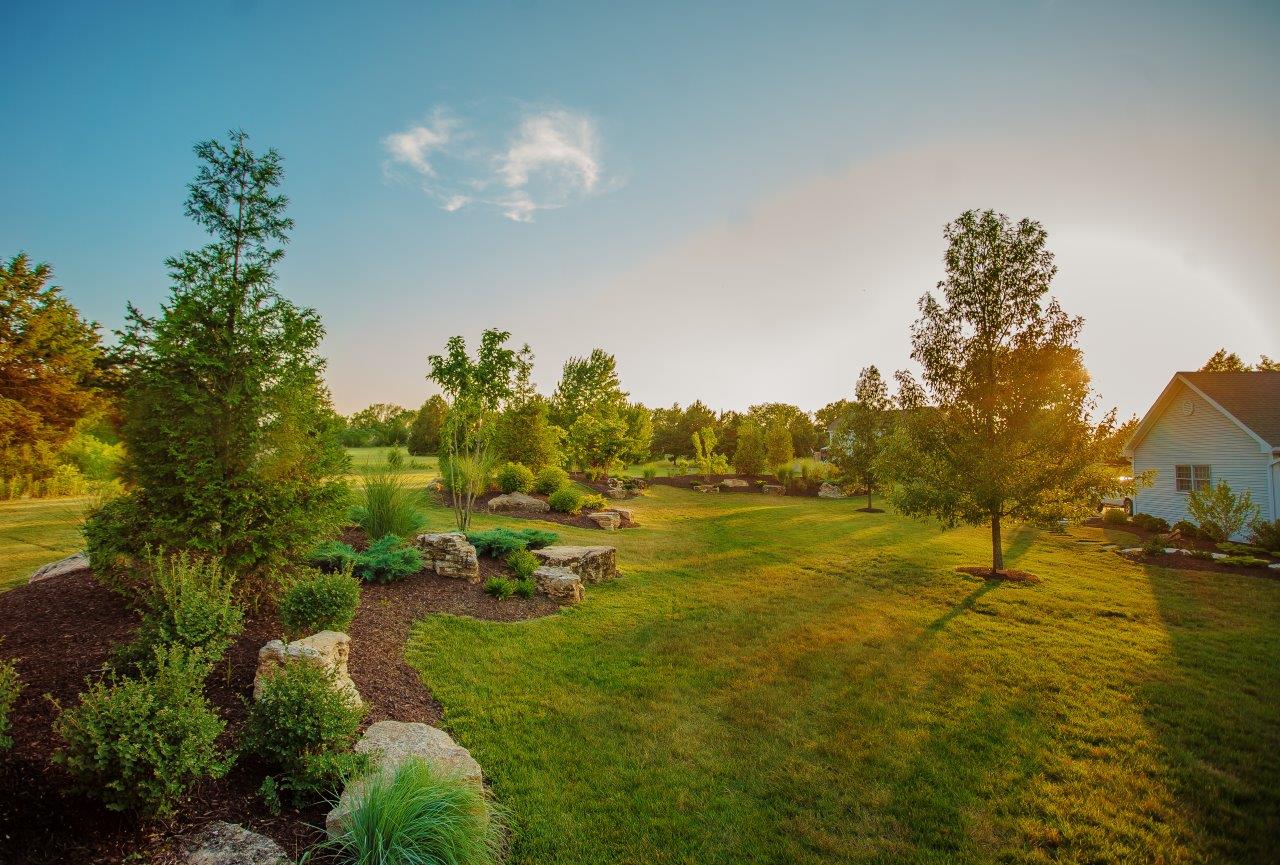Fascination About Hilton Head Landscapes
Fascination About Hilton Head Landscapes
Blog Article
The Best Guide To Hilton Head Landscapes
Table of ContentsThe Ultimate Guide To Hilton Head LandscapesAll about Hilton Head LandscapesNot known Incorrect Statements About Hilton Head Landscapes Indicators on Hilton Head Landscapes You Should KnowThe Hilton Head Landscapes StatementsHilton Head Landscapes for BeginnersTop Guidelines Of Hilton Head Landscapes
Line produces all kinds and patterns and can be utilized in a range of methods in the landscape. Line in the landscape is created by the side between 2 materials, the overview or silhouette of a type, or a long direct feature. Lines are a powerful device for the developer due to the fact that they can be made use of to develop an infinite variety of shapes and kinds, and they manage motion of the eye and the body.

Lines in the landscape. The residential or commercial properties of lines figure out how people react to the landscape, both mentally and literally.
Getting The Hilton Head Landscapes To Work
Straight lines are frequently found in hardscape edges and material. Bent lines develop a casual, all-natural, kicked back character that is associated a lot more with nature and unbalanced balance. Rounded lines move the eye at a slower speed and add enigma to the area by producing surprise views. Vertical lines move the eye up, making a space feel larger.
Upright lines in the landscape consist of high, slim plant material, such as trees, or tall frameworks, such as an arbor or a bird home on a pole. Horizontal lines relocate the eye along the ground plane and can make an area feel larger. Low lines are extra suppressed and create a sensation of remainder or repose.
The 2-Minute Rule for Hilton Head Landscapes
Reduced lines are developed by reduced garden wall surfaces, walkways, and short bushes. Lines are utilized to draw types on a plan. In strategy view, they define plant beds and hardscape areas. Lines are also produced by the upright kinds of developed features and plant material. There are three primary line types that produce kind in the landscape: bedlines, hardscape lines, and plant lines.
Bedlines connect plant product to your house and hardscape due to the fact that the eye adheres to the line, moving the gaze through the landscape. Hardscape lines are produced by the edge of the hardscape, which marks the constructed structure. Line can additionally be created by lengthy and narrow materials, such as a fence or wall surface.
Hilton Head Landscapes Fundamentals Explained
Form is found in both hardscape and plants, and it is normally the dominant aesthetic aspect that spatially arranges the landscape and typically determines the design of the yard. The kind of frameworks, plant beds, and yard ornaments additionally establishes the Related Site total kind style of the garden. Formal, geometric types consist of circles, squares, and polygons.
Plants develop type in the yard with their lays out or silhouettes, however form can additionally be defined by a gap or unfavorable room in between plants - Landscapers near me (https://h1tnhdlndscps.weebly.com). Circles can be full circles, or they can be divided right into fifty percent circles or circle sections and combined with lines to develop arcs and tangents
The Buzz on Hilton Head Landscapes
Circles can also be extended into ovals and ellipses for more range and interest. Circles are a solid style form due to the fact that the eye is always attracted to the facility, which can be utilized to stress a prime focus or attach other types. Number 2. Circular kinds in hardscape and lawn panels.
The square form can additionally be segmented and previously owned repeatedly to develop a grid pattern. Unlike circles, squares are stronger on the brink, which can be aligned or overlapped to develop one-of-a-kind patterns and more complex types. Polygons are many-sided types with straight edges. Triangles, for example, are three-sided polygons.
Meandering lines commonly mimic the all-natural training course of rivers or streams and can be described as smooth lines with deeply bent undulations. Twisting lines (Number 3) work well for paths, plant bedlines, and dry stream beds. Meandering lines can add interest and secret to a garden by leading visitors around corners to discover brand-new views and areas.
Getting My Hilton Head Landscapes To Work

Figure 5. Fragmented edges: stepping rocks in pathway. Kind is the most enduring high quality of a plant (landscaping hilton head sc). https://sketchfab.com/h1tnhdlndscps. Usual plant kinds are well established and standardized, as kind is one of the most consistent and well-known quality of plants. Type can likewise be developed with the massing of plants, where the general mass develops a various form than an individual plant.
A very contrasting kind needs to be utilized with careone or more work well as a prime focus, however way too many wreak havoc. Natural plant kinds, as opposed to over-trimmed forms, need to establish the bulk of the structure. The significance of overall form is much more or much less depending on the watching perspectivethe type of a tree can show up quite various to a person standing under the canopy versus watching the tree from a range in an open area.
Hilton Head Landscapes Fundamentals Explained
Plant kinds also produce and specify deep space or open rooms between the plants, producing either convex or scooped forms in deep spaces. High-arching tree branches generally produce a concave open room under the branches, and a round canopy with reduced branches fills the space to develop a convex kind in the open area under the tree.

Report this page